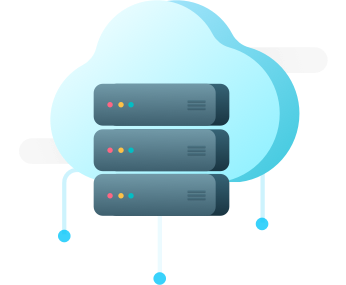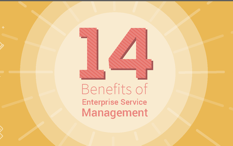Pros and cons of using CMDBs
As with any piece of technology, using a CMDB has it’s benefits as well as its drawbacks. While early CMDB implementations (a few decades ago) were very costly and cumbersome to maintain and difficult to use, modern CMDBs are now a core feature in most company’s ITSM solution. The key benefits of using CMDBs include:
- Having a complete set of data about your IT environment in a centralized place so you can easily access it.
- Integrating data from external data sources (such as vendors)
- Understanding the composition of critical assets and the components that they depend on
- Understanding what different assets are used for and which business processes and users depend on them
- Providing information to support decision making about the IT environment, operational costs and technology decisions
- Enabling risk management by providing an inventory of what technology assets you have that may have vulnerabilities
CMDBs are not without their drawbacks though. Creating, maintaining and effectively using a large set of configuration data can be costly both in technical resources and the human attention needed to ensure quality and value. Some of the key drawbacks of using CMDBs include:
Cost of data acquisition and storage
Frequently CMDBs contain a copy of data from other source systems. As companies grow and evolve, the data set can become quite large. The CMDB is likely to become one of your largest data repositories within IT.
Keeping data current and relevant
Your IT environment is constantly changing and as it does, your CMDB needs to be kept current with new assets that are brought into the environment, removal of those assets that have been retired/disposed, and changes to existing assets.
Data usability
The value of your CMDB doesn’t come from having data, it comes from using it. To use CMDB data effectively, you will likely need tools (like ITSM apps and reporting systems), data analysis skills (to organize and refine the data) and processes to consume the configuration data as a part of operations.








